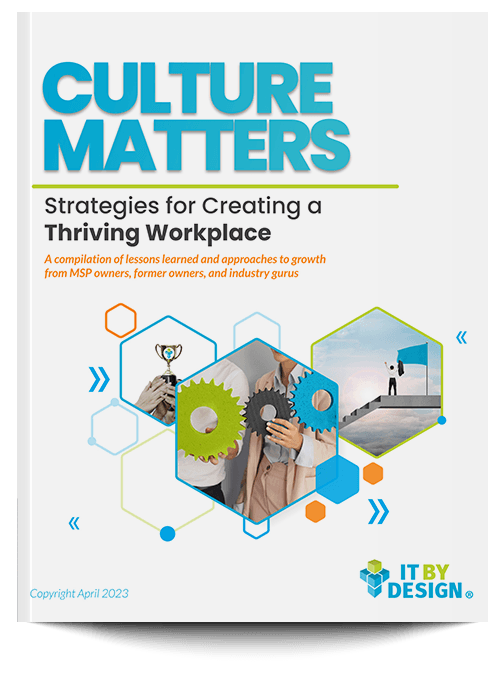I was chatting with a young man the other day about his toxic employer. The young man has completed his law degree and is starting his career at a larger firm. According to him, the senior associate with whom he works is a horrible person. Not just a horrible and toxic boss/leader/mentor, but an entirely vile human being. He told me of multiple incidents when he had been publicly yelled at and berated by this senior associate. He shared how he has anxiety just thinking about having to go into work, and even worse, anxiety and stress when he must see or speak with this senior associate.
I was horrified by this information and asked the young man why he continued to put up with this appalling behavior from the senior associate. He told me that he was lucky to have gotten the opportunity to work with such a successful lawyer, and that he didn’t want to lose any potential opportunities that may arise out of working with this senior associate. After some further questioning, he confirmed that he was also equally concerned about potential consequences and set-back to his own career, if he were to say something about this senior associate’s behavior. Besides, he said, working with this senior associate makes him work harder to ensure that he’s covering all his bases, and becoming a better lawyer.
Unfortunately, this isn’t a one-off story. There are far too many instances of truly horrible and toxic leaders who terrorize their team members. Typically, this is able to continue for 2 reasons:
- Senior leadership turns a blind eye to the problem, because the horrible and toxic leader produces revenue results
- The employees being impacted are too afraid to say anything, as they feel it will just make the situation worse.
What should you do if you have a toxic bullying leader?
While every situation warrants a different strategy, here are a few things that can help you, at large:
- Begin building your case: Quite honestly, you need to think of this like a lawyer.
- Start documenting everything that happens—even the small things.
- Make sure that you clarify any instructions or directions, to ensure that there is no ambiguity.
- Ensure that you are documenting any verbal exchanges with a follow-up email to ensure clarity of your understanding.
- Gain support:
- Are other people also being subjected to the same behavior? Connect with them.
- If other people are not being subjected to the same behavior, have they witnessed what has happened to you? Connect with them.
- Protect yourself:
- Whenever possible, try to minimize 1:1 contact with the leader.
- Whenever possible, try to have exchanges in writing or when there are other people as witnesses.
- Decide on your next steps:
- Notice I haven’t mentioned going to HR anywhere in this list. Unfortunately, at the end of the day, HR is there to support the best interests of the employer.
- Your options are:
- Stay and suck it up.
- Stay and reach out for external litigation support.
- Find a new role.
It goes without saying that it is extremely stressful and difficult to work with someone who causes you so much distress and angst. It impacts your physical, psychological, and emotional health. You need to think about you and your loved ones. We are all replaceable at work, but we aren’t replaceable to the ones we love and who love us in return.
For more content like this, be sure to follow IT By Design on LinkedIn and YouTube, check out our on-demand learning platform, Build IT University, and be sure to register for Build IT LIVE, our 3-day education focused conference, September 9-11 in Orlando, FL!








